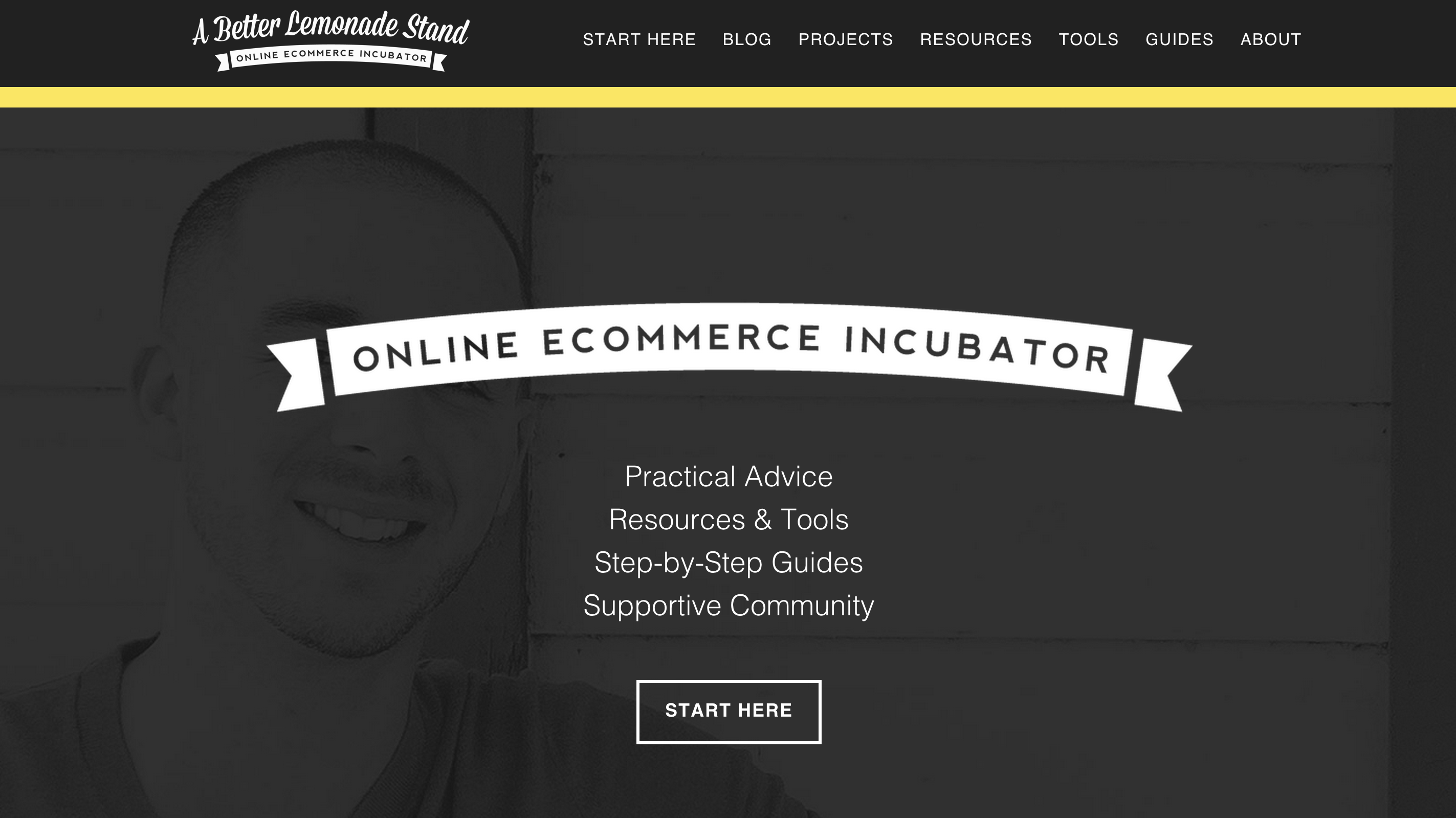4 Strategies to Penetrate an Oversaturated Market
Key Takeaways
- Find a unique niche within the oversaturated market, targeting a specific group of people or addressing a specific need to set your business apart from the competition.
- Stay updated with industry trends and consumer demands, and adapt your business strategy accordingly to stay relevant and competitive.
- Add value to your product or service by offering incentives, superior customer service, or other value-added services to attract a larger audience and strengthen customer retention.
Succeeding in an oversaturated market is challenging, but the right strategies can set your business apart from the competition.

“You know what no one is making anymore? T-shirts!” said nobody ever.
There is no better example of an oversaturated market then the t-shirt industry. The rise of Shopify and other ecommerce platforms have taken much of the technical work out of launching a t-shirt business, which has led to a gold rush of apparel startups. With so many t-shirt companies, t-shirt blogs, and t-shirt manufacturers vying for attention, finding an audience and converting them into customers requires creativity, commitment and adaptability.
This holds true in any oversaturated market. Whether it be weight loss products, Young Adult (YA) fiction, or food trucks, the presence of so many competitors in one industry demands newcomers work even harder to make their mark. But just because a market is oversaturated does not mean it’s a dead end.

“Saturation means strong demand,” said ecommerce entrepreneur Richard Lazazzera, whose article on building a t-shirt business in 24 hours has become a go-to guide for aspiring t-shirt moguls. “It also usually means that there are low barriers to entry, so you can find a supplier and get up and running really fast.”
If you’re thinking about starting a business in an oversaturated market, there is hope for you yet, and the following strategies will help you cut through the noise.
Find Your Niche
If you’ve heard of the word market, then you’ve probably heard of the word niche. A niche is a specialized market which typically attracts a specific group of people.
The action movie genre is not a niche, but action movies that exclusively take place on icebergs?
Niche city.
When it comes to penetrating an oversaturated market, a good niche helps even the playing field.
Now you’re not competing with every t-shirt business, you’re just competing with every t-shirt business in your niche.
“To compete in a crowded market, I knew my designs had to be different and in demand,” said Lazazzera. “I chose to go with images that represented different popular areas of my local community. This would make marketing easier as well because it was so geographically targeted.”
Lazazzera’s niche was hyperlocal, one of an endless number of niches to use as a jumping off point.

80sTees, for example, appeals to a specific time period rather than a specific location, and focuses on nostalgic tributes to 80s youth culture. Their niche is clearly defined, but offers just enough wiggle room to empower a neverending stream of content. It also caters to a large, but very precise audience: 80s kids.
Solve Problems Within The Industry
Success looks kindly upon businesses that can solve a problem.
For example, products like sippy cups, book lights, and stand-up dust pans target common inconveniences and offer simple solutions, and their selling points are straightforward:
This cup prevents spills.
This light helps you read at night.
This dust pan relieves you from the burden of bending down to sweep up dust.
Now let’s imagine a world where sippy cup businesses are as popular t-shirt businesses, and you’ve just decided to enter the sippy cup market.
The original consumer problem (clumsy babies spilling drinks) has been solved years ago, so there isn’t much room to innovate on that front. But there are certainly improvements to be made within the sippy cup industry itself.
For example, perhaps the majority of sippy cups are poorly made, or constructed with low quality materials.
Maybe there is an acute lack of eco-friendly sippy cups. Maybe an alarming number of sippy cups become self-aware after coming in contact with apple juice and pose a threat to children.
What if an unacceptable number of sippy cup companies have amateurishly designed websites, confusing checkout systems or poor customer service?
Has there been a recent public backlash against sippy cup companies who don’t donate enough of their proceeds to charity?
No industry is perfect, which is why you should always be thinking about improvements.
Do what your competitors are doing, but better. Find out what customers are complaining about, and fix it. If you keep digging, you’re bound to find something to advance within your industry.
Stay On Top Of Trends
No matter how saturated the market, consumer demand is never stagnant, and keeping your finger on the pulse of the industry keeps you relevant and poises you for success.
Not only is the t-shirt industry oversaturated, it’s subject to rapidly evolving trends. But hey, that’s fashion for you.
Trend-savvy t-shirt entrepreneurs are tapped into the hottest graphics and styles, and if you asked them to name two hot trends in the tee biz, they might tell you that pop culture mashups and sublimation (all-over printing) are currently in high demand.
But just possessing this information is not enough.
Smart businesses act on these trends, and update their inventory accordingly.
Trends are opportunities, and what good are opportunities if you don’t capitalize on them?
Industry trends are of equal importance. For instance, Lazazzera, decided to build his store on Shopify and print his shirts using the Printful app. The app is a relatively recent innovation which seamlessly integrates the on-demand t-shirt printing company into the Shopify e-store. This decision simplified Lazazzera’s production process and made it possible for him to launch his store within such an ambitious timeframe.
It’s not always necessary for businesses in oversaturated markets to integrate the latest app or exploit the latest technology, but it is important to understand how these trends are affecting the industry.
As the Printful app grows in popularity, it isn’t difficult to imagine that more and more consumers will anticipate a Printful-like shopping experience, and if your t-shirt business can’t offer the same type of ease and convenience, it will lose its edge.
Add Value

Value is like whipped cream: you can never have too much. And it’s great on waffles.
Offering incentives and value-added services is another smart strategy to consider when preparing to enter an oversaturated market.
Out of the thousands of t-shirt businesses, how many offer frequent buyer programs? Reward levels? Dedicated personnel?
Not only does adding value attract a larger audience, it strengthens customer retention, which leads to long term growth.
Frequent buyer programs, for instance, persuade customers to stay involved by offering them perks for their loyalty. Reward levels encourage further purchases. Bundles save shoppers money.
It doesn’t matter if you’re in the t-shirt business, the sippy cup business, or the doggie roller-skate business, customers respond to value.
Conclusion
Penetrating an oversaturated market poses its own unique set of challenges and rewards.
By staying focused, staying relevant, and always looking for ways to improve will give you a competitive advantage.
There is never a shortage of trends to jump on or niches to carve, and legend has it that when you incorporate all four of the above-mentioned strategies, an angel gets its wings, and subsequently starts a wing-friendly t-shirt business.
How do you succeed in an oversaturated market? Tell us in the comments below.
Frequently Asked Questions (FAQs) about Over-Saturated Markets
What are the key indicators of an over-saturated market?
An over-saturated market is characterized by a high level of competition, where the supply of a particular product or service exceeds its demand. Key indicators include a slowdown in sales, reduced profit margins, and an increase in marketing efforts to attract customers. Additionally, there may be a high number of similar products or services, making it difficult for businesses to differentiate themselves.
How can a business succeed in an over-saturated market?
Success in an over-saturated market requires a unique and innovative approach. Businesses need to differentiate their products or services, offer superior customer service, and focus on niche markets. Additionally, they should continuously monitor market trends and customer preferences to adapt their strategies accordingly.
What are the risks of entering an over-saturated market?
The risks include intense competition, lower profit margins, and difficulty in establishing a unique selling proposition. Businesses may also struggle to attract and retain customers due to the abundance of similar offerings in the market.
How can market saturation be measured?
Market saturation can be measured by analyzing market share, sales trends, and the number of competitors. A decline in sales growth, a high number of competitors, and a small market share can indicate market saturation.
What strategies can be used to differentiate a product in an over-saturated market?
Strategies include offering superior quality, innovative features, excellent customer service, and competitive pricing. Businesses can also focus on niche markets, create strong brand identities, and use effective marketing strategies to stand out.
Can an over-saturated market offer any opportunities?
Yes, an over-saturated market can offer opportunities for businesses that can identify gaps in the market, innovate, and offer unique solutions. It can also encourage businesses to improve their products and services, and focus on customer satisfaction.
How can a business identify a niche in an over-saturated market?
Businesses can identify a niche by conducting thorough market research to understand customer needs, preferences, and pain points that are not being addressed by existing products or services. They can then tailor their offerings to meet these specific needs.
How can a business survive in an over-saturated market?
Survival in an over-saturated market requires continuous innovation, customer focus, and adaptability. Businesses need to stay ahead of market trends, continuously improve their offerings, and provide exceptional customer service.
What role does marketing play in an over-saturated market?
Marketing plays a crucial role in differentiating a business and its offerings in an over-saturated market. Effective marketing strategies can help businesses reach their target audience, communicate their unique selling proposition, and build strong brand identities.
How can a business exit an over-saturated market?
Businesses can exit an over-saturated market by selling their business, merging with another company, or pivoting to a different market or product line. It’s important to make this decision based on thorough analysis and strategic planning.
Josh Kraus is a Chicago-born, Denver-based writer and mediocre autobiographist with an interest in art, entrepreneurship, and emerging industries. When he's not writing, he attends to his t-shirt business, Bird Fur. Find him at joshkra.us and birdfurtees.com.




